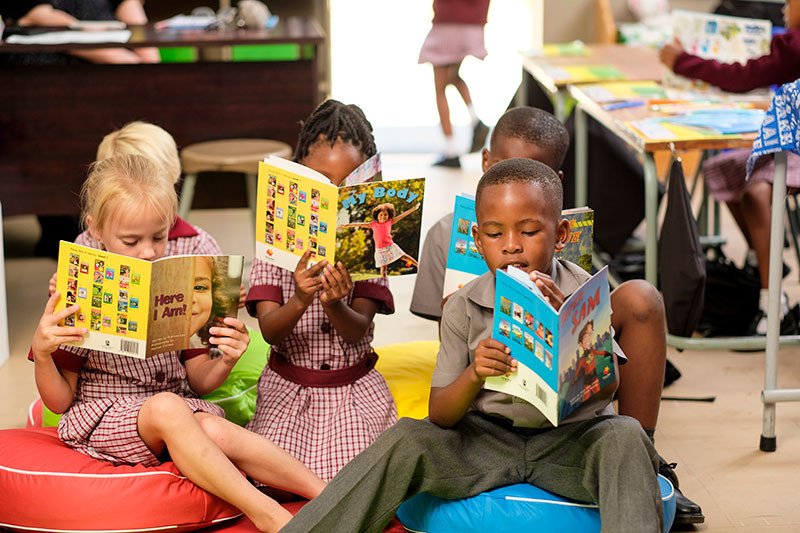What is an intervention?
An intervention refers to “the act of intervening in a situation”… There are a few factors to take into account during this process:
- Interventions occur as a result of some challenge or situation that impacts the affected parties negatively or paints a negative picture of a situation.
- It is important to first establish what exactly that situation is before one can intervene.
- Concrete data enables focused and relevant support. A diagnosis is therefore made based on facts.
- Learners are mostly affected, but is has a direct bearing on the teaching and management practices of educators, SMTs (School Management Teams), parents, and communities.
- Interventions are either short term, mid-term or long term. It depends on the severity of the challenge.
The importance of interventions:
- Improve on learner results and outcomes
- Improve on teaching practices and methodologies
- Create positive learning environments where learners feel free to explore according to their abilities and learning needs
- An intervention has a specific goal or purpose and should be designed to drill down to the core of the challenge. Only fixing the problem superficially may result in worsening the situation.
What to consider in the development of an intervention:
- Know yourself… identify your strengths and use them to your advantage.
- Set clear goals for yourself and link them to what your expectations of your learners are.
- Know your learners. Get to know what they like; dislike; their hobbies and interests. Know what makes them “tick”.
- Be involved, enthusiastic and optimistic. You have to believe in what you do and be excited about it.
- Be realistic in terms of your expectations. It applies to both yourself and your learners.
- Be creative and never underestimate yourself. There is no such thing as a “perfect” idea, but it gets perfected over time.
- Do what you can with what you have where you are. Never allow a lack of resources to stifle you.
- Celebrate your victories, no matter how small or insignificant they may seem to yourself or others.
- Be willing to learn and open yourself up to new ideas and opportunities.
- Listening is skill – listen to others, as well as your own inner voice.
- Think like a child – put yourself in their shoes… identify with them… make a connection.
Guidelines to assist learners in reading for meaning:
- Pre-read:
- The title – it generally gives you an idea of what the story or book is about and why it was written
- The name of the author – it will help you identify the era, style, and in most cases, the subject
- Visuals or pictures (if any) usually give quite an accurate idea of what the passage or story is all about
- Skimming or scanning through the introduction gives you an idea of the atmosphere and where the story takes place (setting)
- The conclusion – brings the story “together”
- During reading:
2.1 What to do whilst reading through the passage for the 1st time:
a. Establish what the overview of the passage is.
b. Create pictures in your mind – “see” what you read. It helps you focus.
2.2 Questions to ask:
|
Who? |
… is the writer/author? |
The person who wrote the passage or story |
|
… are the characters? |
Characterisation (main or supportive) |
|
|
What? |
… is the main idea of the passage? |
Point of passage |
|
Where? |
… does the story or scene take place? |
Setting – background |
|
When? |
… does it take place? |
Setting – time, era, date |
|
Why? |
… did the writer write the passage, story or scene? |
Message |
|
How? |
… does the writer/author expresses him- or herself? |
Language devices used |
- Post reading
- Read through the questions asked.
- Whilst you do this, remember or at least try to remember what you read.
- Underline, circle or highlight the main idea of each paragraph.
- The main idea of each paragraph connects one paragraph to the next. Note that this is one of the skills that you need to apply in the planning of your own writing.
- Read through the passage or story twice or thrice before attempting to respond to the questions.
